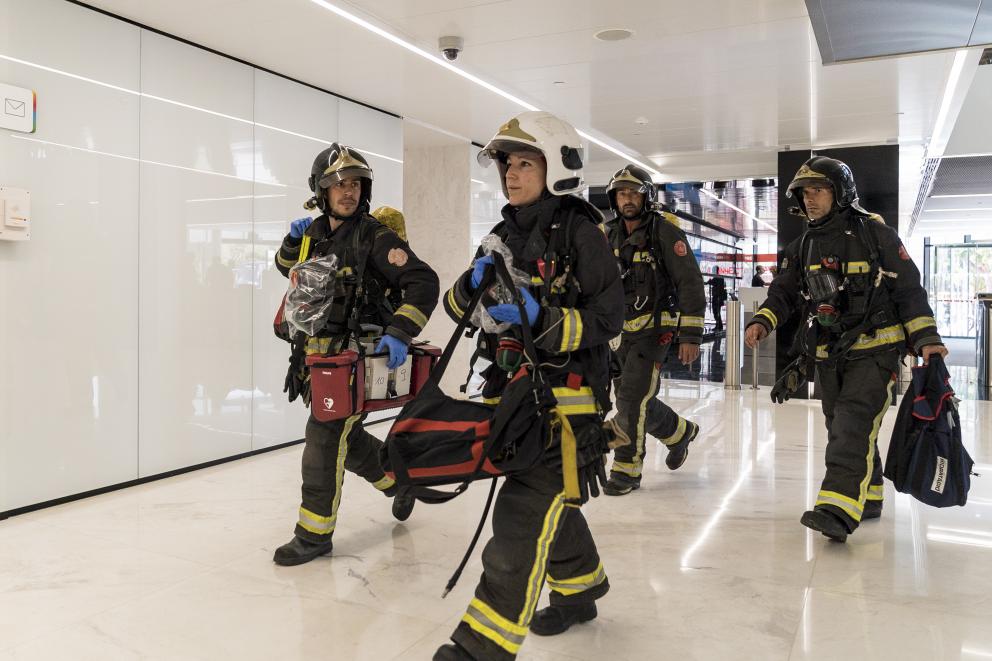Fast access to quality information is key in these three areas, and this pilot shows how 5G technology provides a series of decisive improvements:
- Video images are key for analysing and defining emergency or urban safety situations. The 5G networks allow data transmission with minimal latency, which, together with the high bandwidth and the use of artificial intelligence, will allow security forces to anticipate, detect and analyze situations and thus make decisions efficiently and effectively.
- Remote management of urban devices like video cameras located in fixtures streamlines the management of emergencies and helps generate a safe, hierarchical and traceable environment for sharing resources.

The 5G Catalunya pilot project has demonstrated a 5G networks use case to better manage emergencies, traffic and public safety. Cellnex Telecom and Nearby Computing led the project using Lenovo technology, with the collaboration of the Barcelona Urban Police force (Guardia Urbana), Municipal I.T. Institute of the Barcelona City Council and various start-ups providing end applications.
The demonstration took place at the confluence of Avinguda Diagonal, Carrer Pere IV and Carrer Lope de Vega in Barcelona’s Poblenou neighbourhood. The collaboration of the Guardia Urbana –which provided descriptions of their usual operations so that they could be improved with 5G– was key to the project’s development. In addition to 5G terminals, five security cameras were installed on three streetlights and connected to a control centre managed by the Guardia Urbana.
The use case involved testing Stand Alone (end-to-end) and Open Ran (open standard) 5G networks for a complex web of devices and applications which, thanks to the features offered by this new wideband and real-time technology, will make it possible to manage emergencies and traffic better and monitor officers’ safety whilst on duty. Specifically, based on today’s demonstration, 5G networks can help to prevent critical situations by making it easier for emergency teams to respond quickly. By providing access to multiple sources of information, the networks optimise and speed up decision-making in critical situations where time is of the essence and access to all information is decisive.

